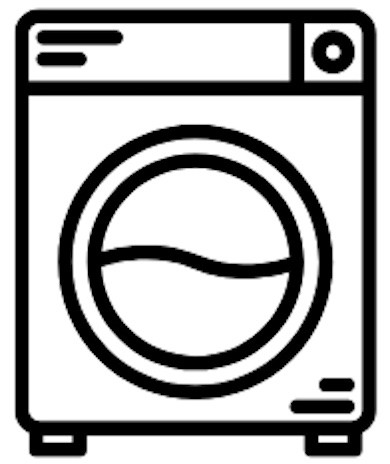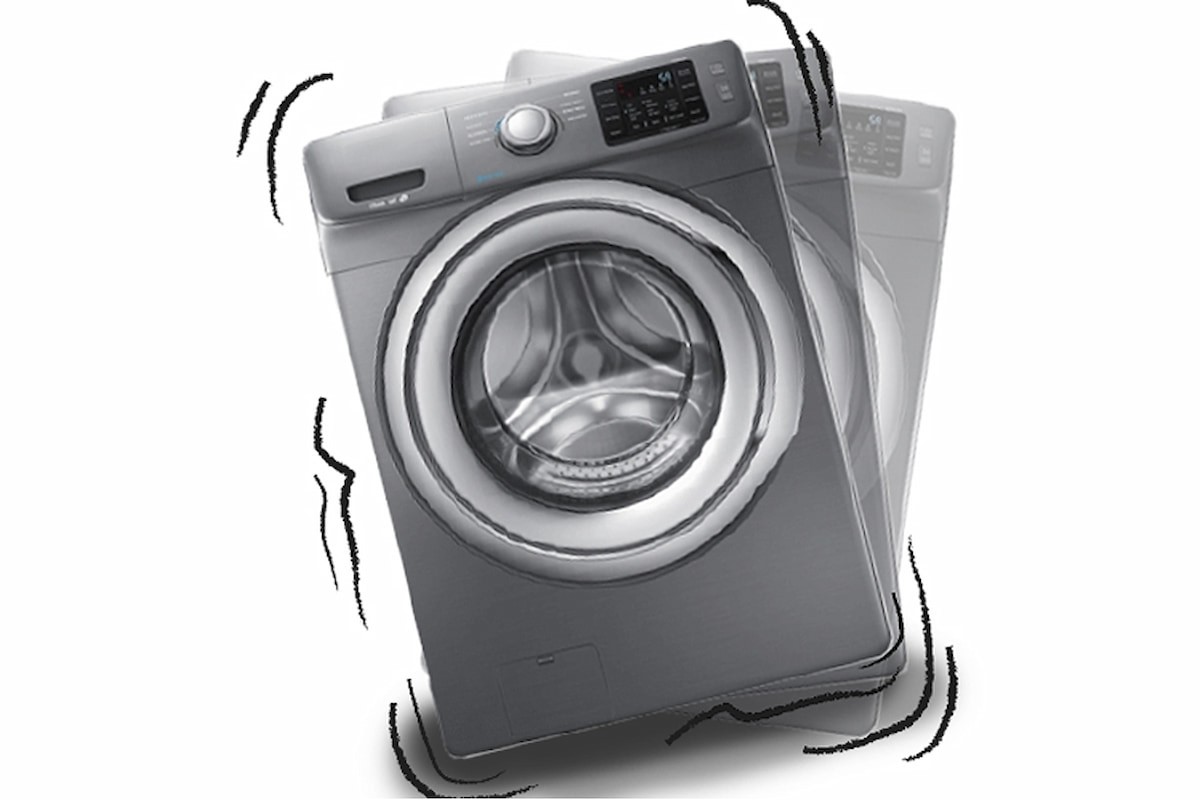Vibration, rocking, leaking, loud noise, and occasional malfunctions of different washing machine models are often caused by the appliance being installed unevenly. How to balance a washing machine? Level installation of the appliance not only guarantees correct operation of the equipment but also helps to prevent such serious problems as burst water hoses, displacement of the machine from the place with damage to the decorative floor, and flooding of the room with water. It takes only a few minutes to level the appliance. Therefore, do not be lazy; before you connect the washing machine, make sure that it is correctly installed. Let’s find out.
Contents
How to balance a washing machine
When your appliance is not balanced, it will not be able to operate properly or may not turn on at all. An unbalanced washing machine can also cause drainage problems. Water cannot drain out of the machine through the drain filters and hoses. This can lead to leaks.
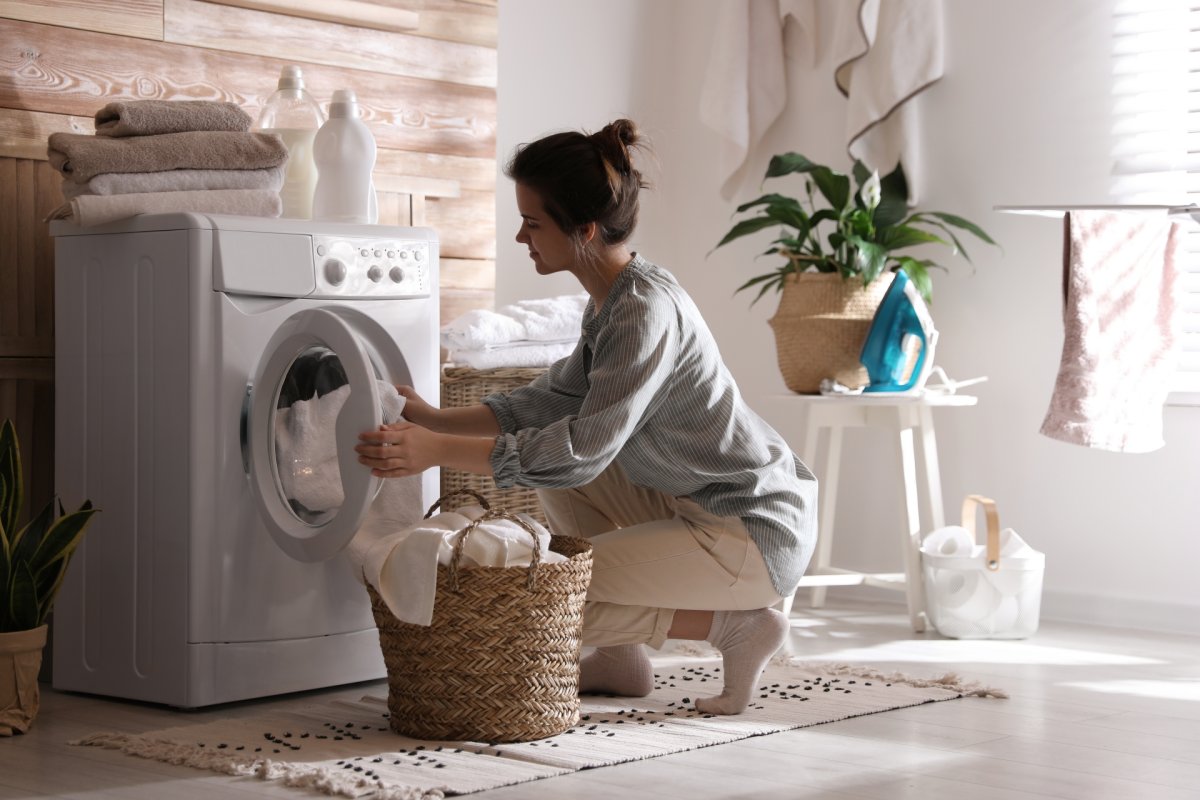
We’ll walk you through the process of solving the issue in this article so you may resume doing laundry as soon as possible. Thankfully, the issue is typically resolved with a simple reorganization of the laundry to make it more balanced or by ensuring the appliance is level on the floor. However, on occasion, an internal component may be the source of the issue, necessitating repair or replacement.
Inspect that the washer is not overloaded
Check that your washer is not top load with laundry. When your washer has too much laundry or too many heavy items, such as towels, its drum becomes out of balance, which triggers sensors, and your washer shuts off.
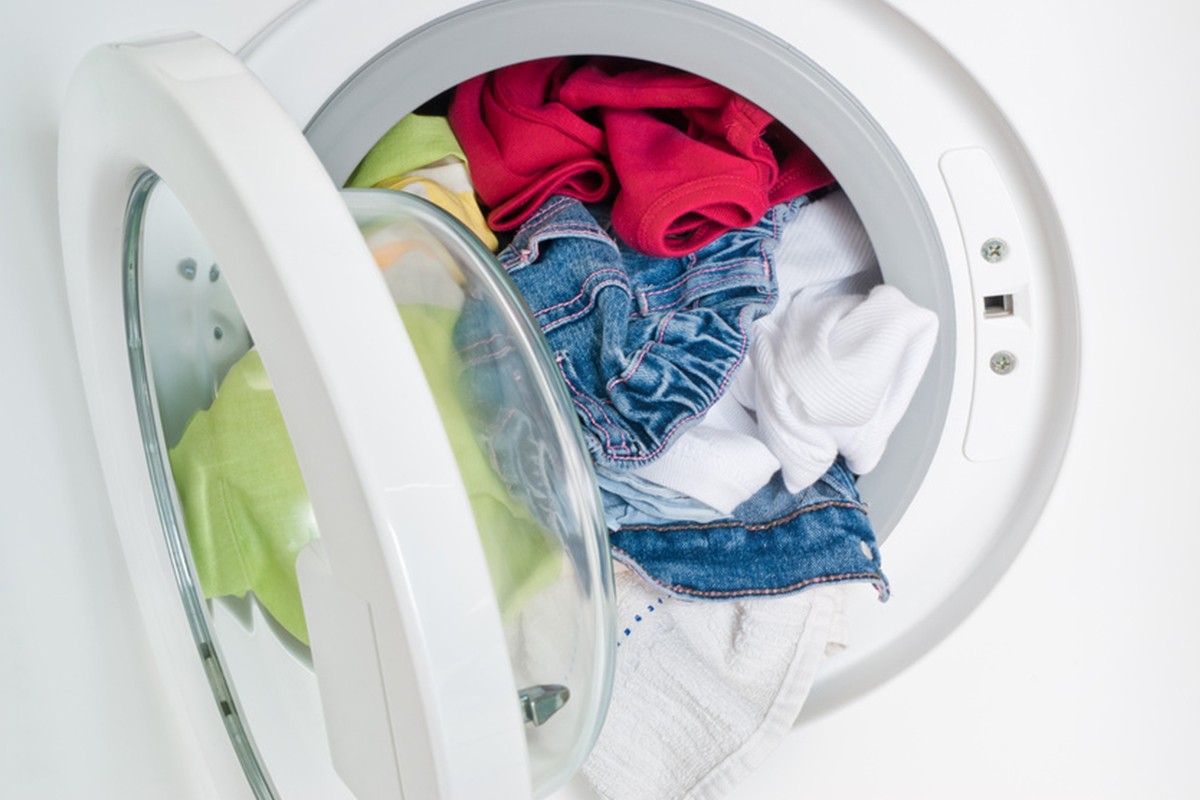
Assuming your washer has a vertical load, ensure that the clothes are arranged in a circular pattern around the central agitator. When an appliance is off balance, most of them stop instead of shutting off entirely. This allows you to open the door, reorganize the clothing while the machine is running, and then turn it back on. Should your appliance become fully unbalanced and shut down, you will need to reorganize the clothing and initiate a fresh cycle.
Make sure not to overburden your front-loading washing machine if such is the case. Try to keep the washing machine drum about two-thirds full when washing garments and sheets and just half full when washing appliances, towels, and other heavy items.
Your front-loading washer will often notify you when it detects an imbalance in your laundry load, so you can reorganize it or eliminate certain items to make it balanced.
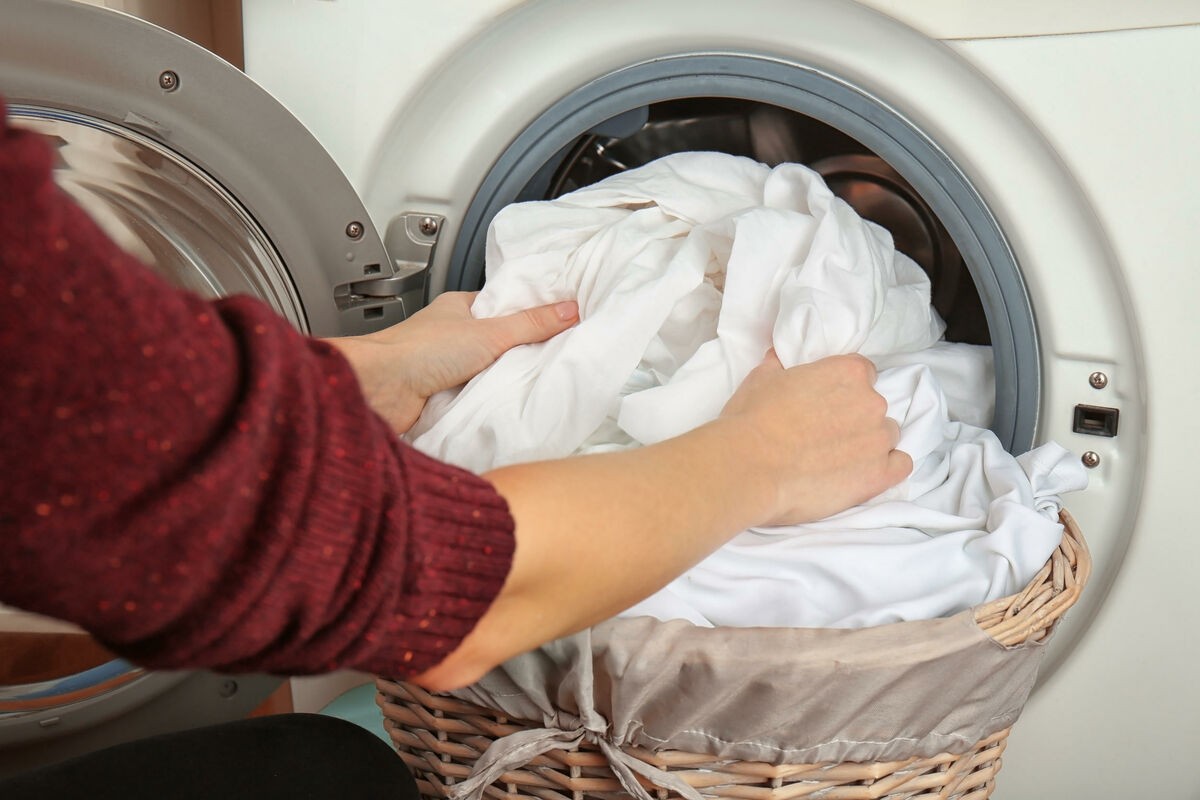
The washing machine must be on a flat surface
Assuming that the issue persists after rearranging the laundry load, the next thing to check is that your washing machine is situated on a level surface. How to balance a washing machine, right? Your appliance’s sensors will detect an uneven or rough surface and may cause the machine to become imbalanced, possibly leading to an automatic shutdown.
You can remove your appliance from its usual position and use a bubble level to examine its levelness on the floor. Should you discover that it isn’t level, you will need to modify the washing machine’s legs.
The washer-leveling legs
Finding out which legs can be modified is the first step in adjusting the washing legs. When attempting to level the washer, some models need you to adjust all four legs; others feature self-adjusting rear legs that automatically adjust when you move the front legs.
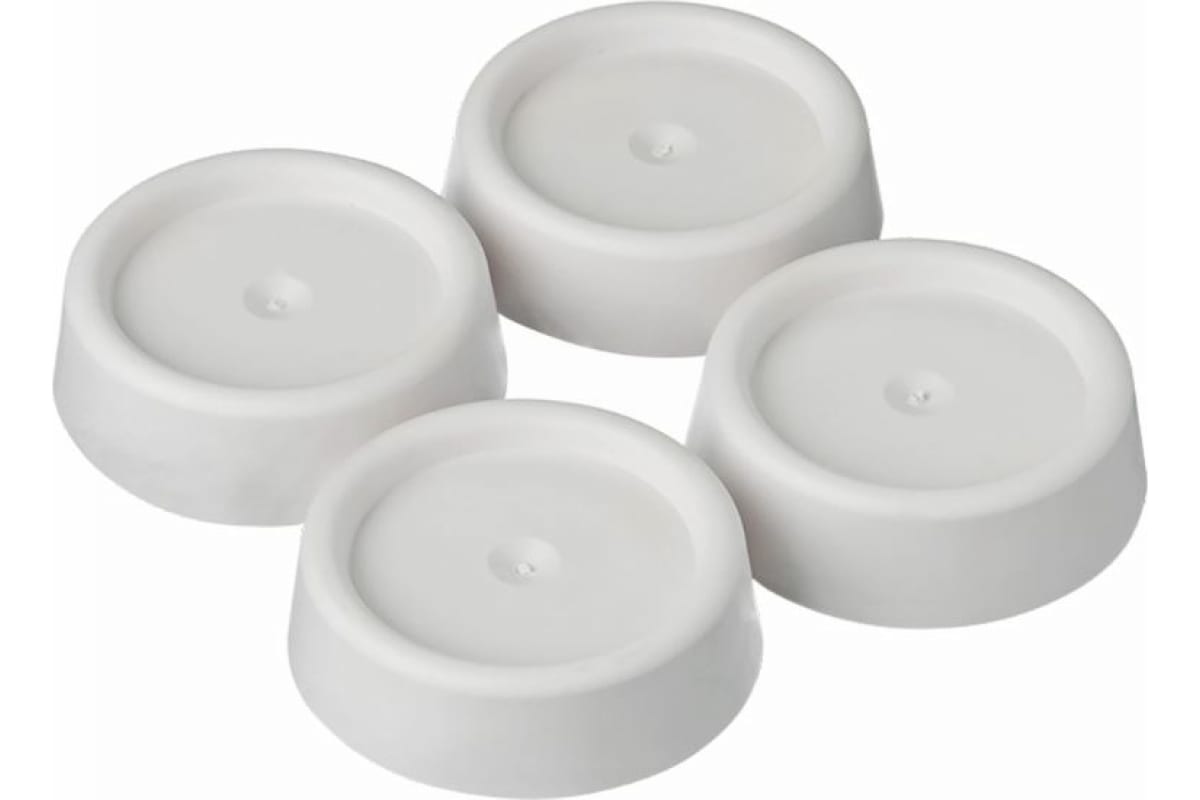
Once you are aware of the kind of legs your appliance has, you may level it by placing a level on top of it and adjusting each leg individually until the bubble level indicates that the machine is level.
You might need to use a screwdriver to remove the locking nut to adjust the legs. The leg can be made longer or shorter by turning it clockwise or counterclockwise after the locking nut has been removed. Make sure the locking nuts are reattached after leveling the washer to prevent the legs from moving.
Inspect the shock absorber
If rearranging the laundry, making sure it’s level, and adjusting the legs didn’t help fix the washer, the next step is to check the shock absorber. Your appliance has a shock absorber that absorbs shock during the spin cycle. When this wears out, your appliance can become out of balance. You can also read about how to choose a used dishwasher and whirlpool dryer.
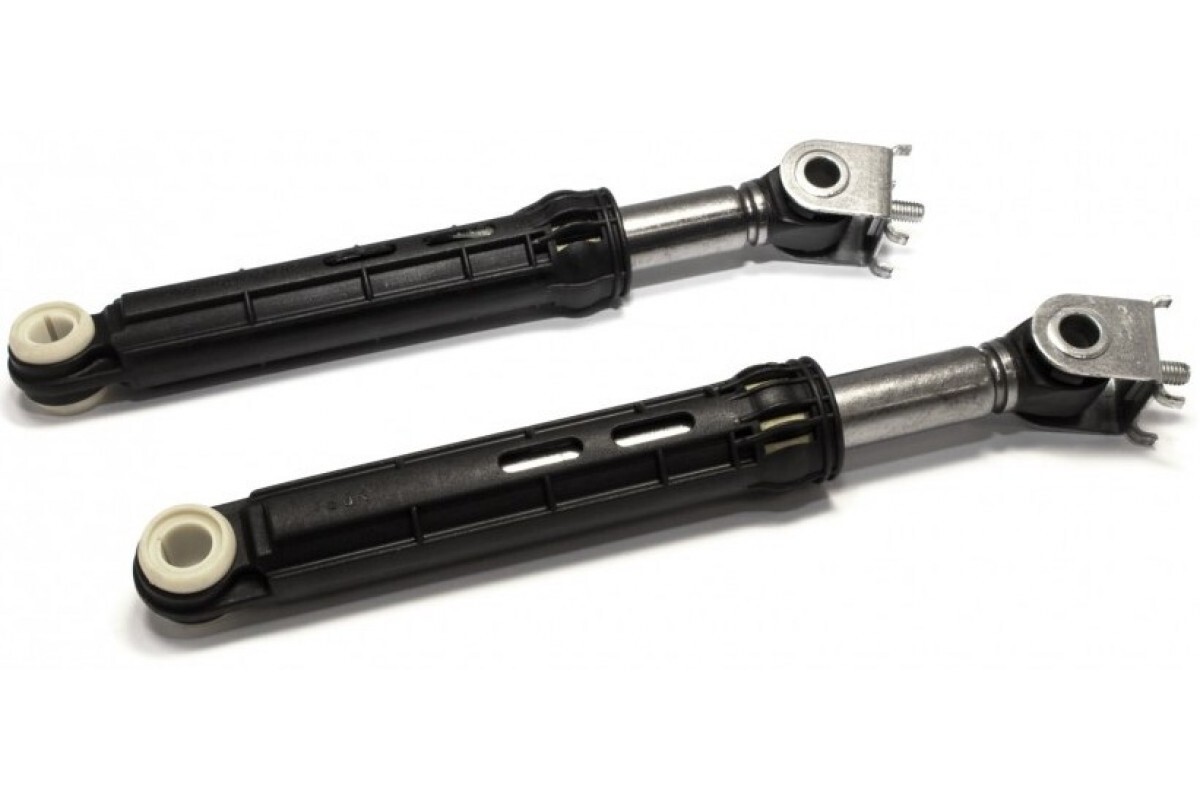
How to balance a washing machine: check the shock absorbers
- Locate the shock absorber (it can be found between the outer washer tank and the base frame).
- Verify that it is securely fastened and look for any indications of damage. It must be replaced if it is damaged. Go to the final step if the shock absorber is undamaged.
- If you have replaced the shock absorber, turn the washer back on and check to see if it is balanced. If not, proceed to the last step.
Examination of the suspension springs
Inspecting the suspension springs is the last stage. Suspension springs are a feature of both front-loading and vertical-loading washing machines that help keep the drum of the appliance in the proper position and lessen noise during the wash cycle. Your washing machine may lose equilibrium when it wears out.
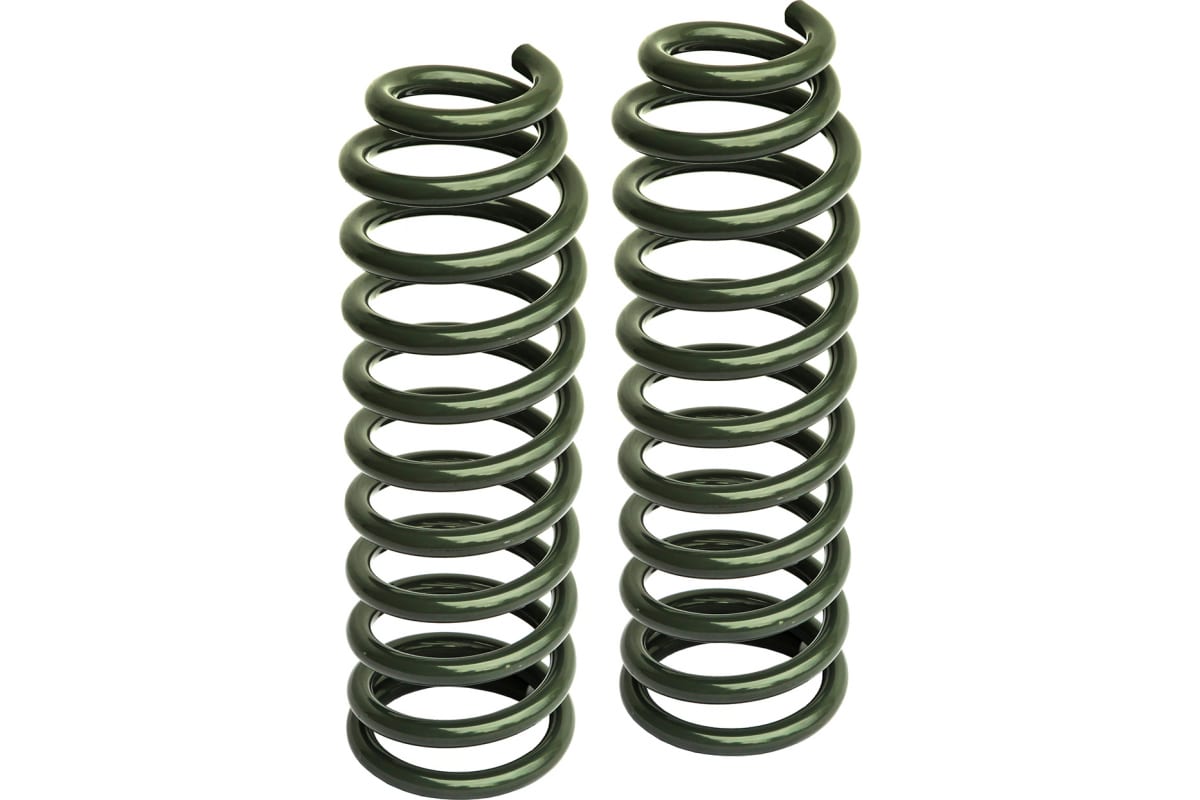
How to check suspension springs and easy fix
- Find the suspension springs (they are typically located beneath the tank or occasionally above it).
- Once found, inspect them for damage.
- If they are damaged, they should be replaced, as they are very difficult to repair.
- After replacement, check that your washing machine is properly balanced.
Conclusion
If the above reasons are eliminated but the surges, appliances making noise, and movements during washing remain, there may be a malfunction inside the dispenser. You can fix the problem yourself if you have certain knowledge and skills in this matter. So that your laundry room does not cause you problems. But it is better not to take risks and entrust the solution to professionals. You can also find out more information on how to balance a washing machine.
